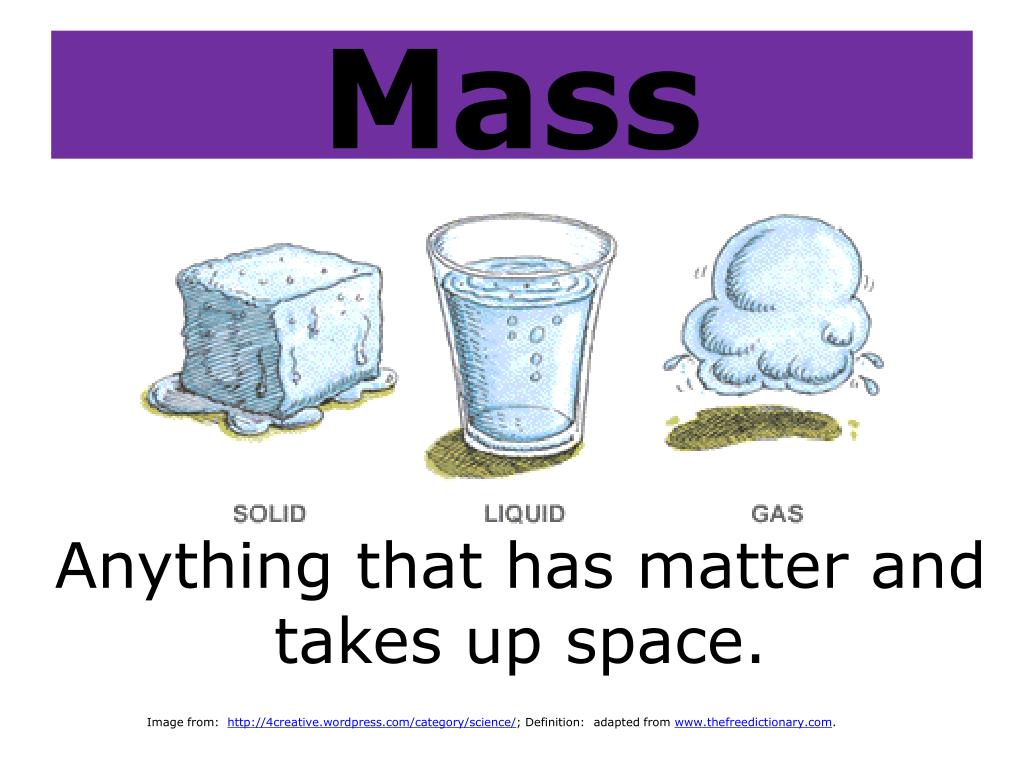
If an object is in motion ( on the move) then it has momentum. A sports team that is on the move has the momentum. Momentum is a physics term it refers to the quantity of motion that an object has. A team that has a lot of momentum is really on the move and is going to be hard to stop. A team that has the momentum is on the move and is going to take some effort to stop. Momentum is a commonly used term in sports. Forįurther information, consult your state's handbook of Science Safety.The sports announcer says, "Going into the all-star break, the Chicago White Sox have the momentum." The headlines declare "Chicago Bulls Gaining Momentum." The coach pumps up his team at half-time, saying "You have the momentum the critical need is that you use that momentum and bury them in this third quarter." Materials used in a project is the sole responsibility of each individual. Reading and following the safety precautions of all Should be undertaken only in appropriate settings and with appropriate parental Implementation of any Science Project Idea Warning is hereby given that not all Project Ideas are appropriate for all

In addition, yourĪccess to 's website and Science Fair Project Ideas is covered byĮ's Privacy Policy and site Terms of Use, which include limitations Renounce any claims against that arise thereof. By accessing the Science Fair Project Ideas, you waive and Regarding the Science Fair Project Ideas and is not responsible or liable forĪny loss or damage, directly or indirectly, caused by your use of such does not make any guarantee or representation They also keep the satellites in orbit that bring us information from space and allow us to communicate with people across the world instantaneously.įor further projects, you can use the same ideas to calculate the mass of the Sun, the center of our solar system, using information for any of the planets or other objects that consistently orbit the Sun (such as the planetoid Pluto).Į provides the Science Fair Project Ideas for informational These gravitational forces are extremely useful, as they keep the plants in orbit around the Sun, and the Moon in orbit around the Earth. This is why you don't get pulled by your friends' gravity enough to get stuck to them! For most things, the masses are so small that the force of attracted is also very small. The universal gravitation constant gives the relation between the two masses and the distance between them. Sir Isaac Newton’s Law of Universal Gravitation states that all masses in universe are attracted to each other in a way that is directly proportional to their masses. The mass of the Earth is 5.97 x 10 24 kg. The sidereal period of the moon, which is 27.3 days, will give you a calculation of Earth's mass that's more accurate than the calendar period of the moon. R is the average distance between the moon and the EarthĪnd G is the universal gravitation constant. Where M e is the mass of the Earth, in kilograms, Why are they different? Which is a more accurate calculation and why?


The time period of an orbit, which you will use in your calculations in this exercise, will have a great effect on the outcome of your answers. The sidereal time of one spin of the Earth is 23 hours and 56 minutes, rather than a round 24 hours. The sidereal period is a number used by astronomers to give a more accurate description of time. An example of this would be the Earth has an orbital period of 365 days around the sun. Orbits, like that of the moon, have what is called a calendar period, which is a round number for simplicity. It can be used to calculate the mass of either one of the bodies if the forces are known, or can use used to calculate speeds or distances of orbits. This is used to calculate the force of gravity between two bodies. Where a Newton, N, is a unit of force and equal to 1 kg*m/s 2.


 0 kommentar(er)
0 kommentar(er)
